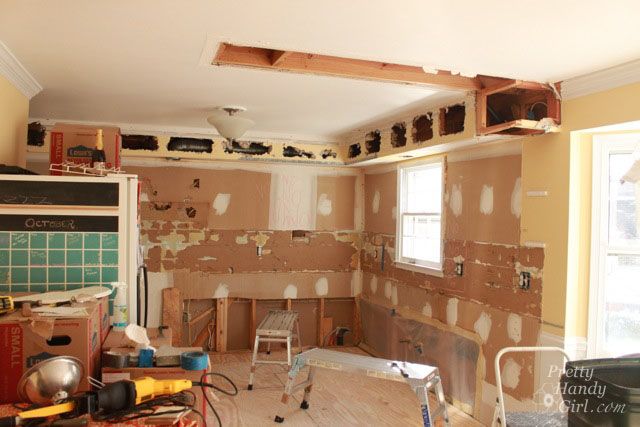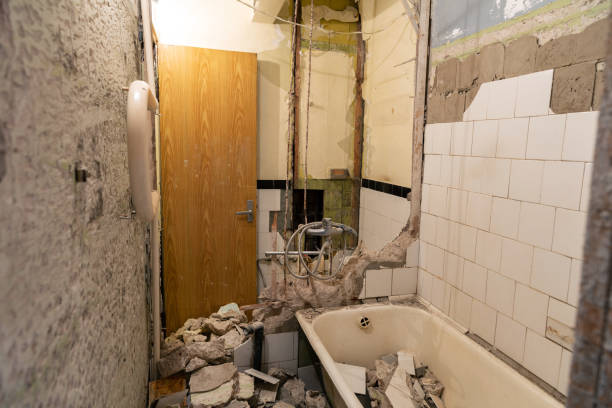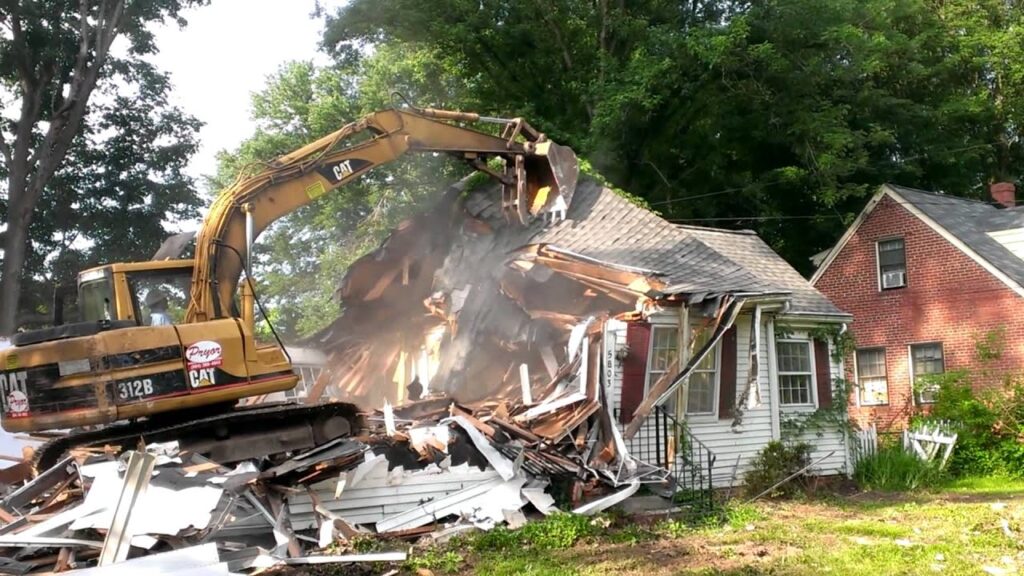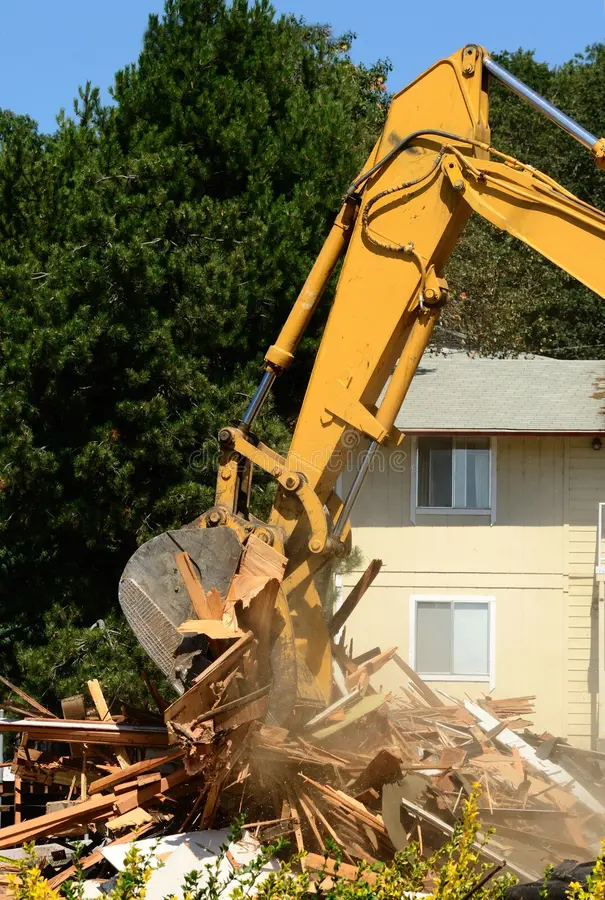
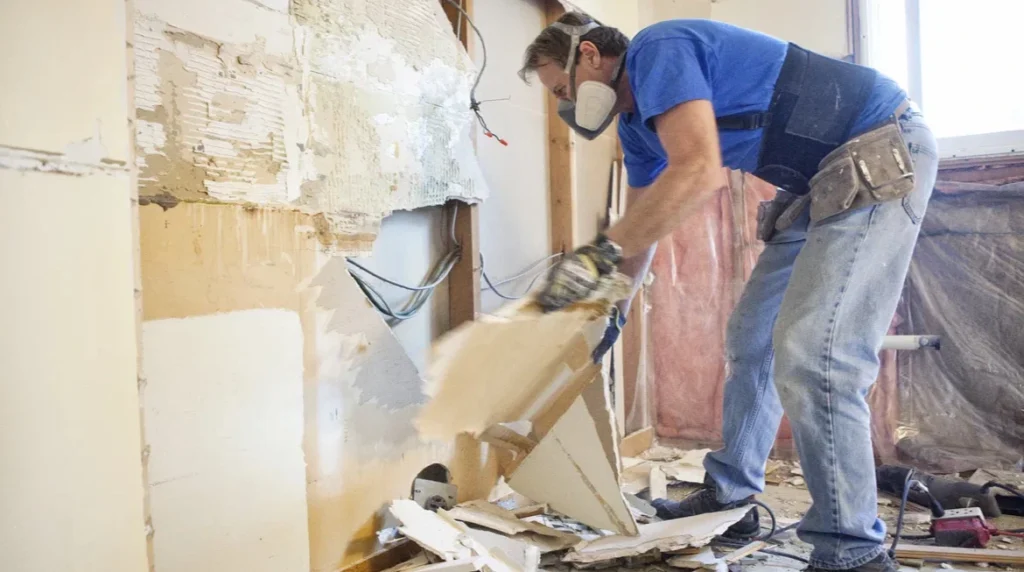
Your kitchen is a bit more complicated to demolish because it has so many fixtures built into the space. By now, all major appliances in this space, such as your refrigerator, oven, dishwasher, and microwave, should be moved out.
The next step is to remove the countertops, which your contractor will do with a chisel to separate the countertops from the caulking material and the walls. We’ll pry the countertop away, exposing the cabinetry underneath. We’ll move on to the cabinets, wall tiles, and flooring. If your cabinets are still in mint condition with fully intact doors, shelves, and handles, gently remove them so they can be recycled or donated.
We can apply the same tactic to carefully remove kitchen sinks and faucets that still have life in them and can be used in another home.
